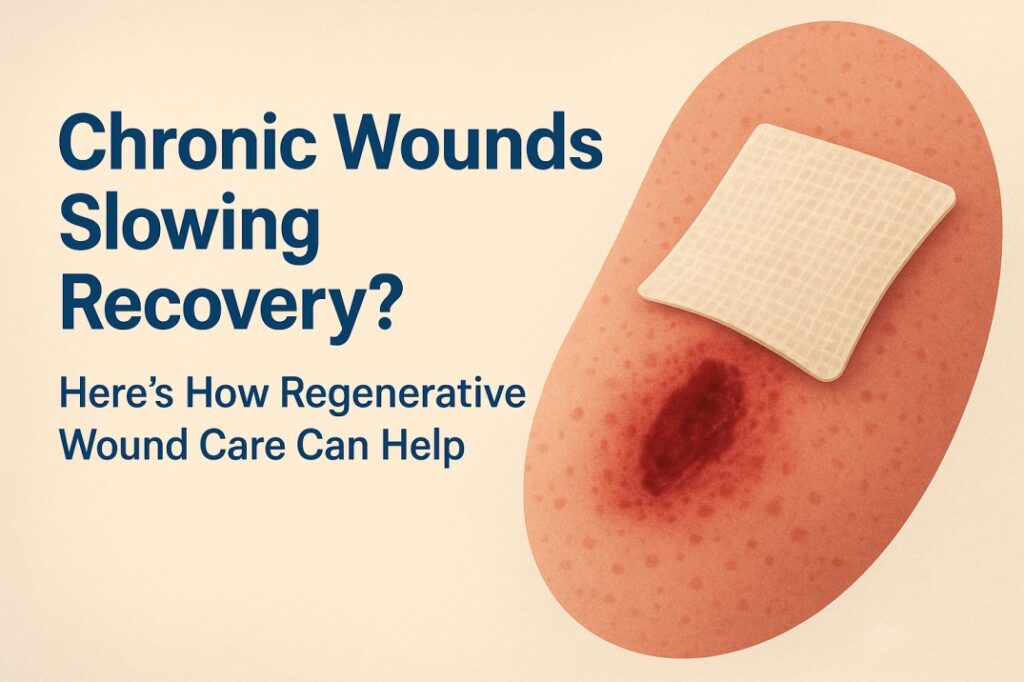If you’ve been struggling with jaw pain, clicking sounds, or headaches, you might be dealing with TMJ disorder—a condition that affects the temporomandibular joint, which connects your jaw to your skull. TMJ issues are surprisingly common, but many people overlook early signs. Enter the 3 finger test—a simple, at-home method that can help identify TMJ dysfunction and even offer relief with early intervention. But what is the 3 finger test for TMJ, and how can it help you feel better fast? Let’s dive in.
What Is TMJ and Why Does It Matter?
The temporomandibular joint (TMJ) acts like a sliding hinge, enabling essential movements like chewing, speaking, and yawning. Dysfunction in this joint can lead to symptoms such as:
-
Jaw pain or tightness
-
Difficulty opening the mouth wide
-
Clicking or popping sounds when chewing
-
Headaches or earaches
TMJ disorder (also called TMD) can be caused by stress, teeth grinding (bruxism), misalignment, injury, or even poor posture.
What Is the 3 Finger Test for TMJ?
The 3 finger test for TMJ is a quick, self-assessment method to evaluate how well your jaw functions. Here’s how it works:
Step-by-Step Process:
-
Clean Hands First: Make sure your hands are clean before starting.
-
Stack Three Fingers Vertically: Place your index, middle, and ring fingers together vertically (palm facing you).
-
Insert Fingers Into Your Mouth: Try to fit all three fingers (up to the second knuckle) into your open mouth, between your upper and lower front teeth.
-
Assess Mobility:
-
If your fingers fit comfortably: Your jaw is likely functioning normally.
-
If you can only fit two or fewer fingers: This may indicate TMJ dysfunction.
-
This test helps measure jaw opening range, and reduced ability could point to inflammation, joint misalignment, or muscle tension.
Why the 3 Finger Test Works
Now that we’ve answered “What is the 3 finger test for TMJ?”, let’s understand why it’s effective.
-
Quick & Non-Invasive: No tools or appointments needed.
-
Baseline Measurement: It gives you a reference point to monitor improvements or worsening symptoms.
-
Helps Identify Early Signs: Catching restricted motion early can lead to faster relief.
Common Questions About the 3 Finger Test
1. Is It Painful?
No. The test itself should not cause pain. However, if discomfort or tightness occurs, it could be a sign of TMJ dysfunction.
2. Can I Do It Daily?
Yes. Performing it once a day can help track your jaw’s condition and gauge the effectiveness of treatment or exercises.
3. What If I Can’t Fit Three Fingers In?
If you can’t complete the test, it may be time to consult a dentist or TMJ specialist for a deeper evaluation and treatment plan.
Benefits of Using the 3 Finger Test
The 3 finger test isn’t just a diagnostic tool—it can actually play a role in your relief and recovery:
Track Progress at Home
Prevent Worsening Symptoms
Use as a Stretching Exercise
Guide to When to Seek Help
Plus, incorporating this test into your daily routine can make you more aware of your jaw health, encouraging early treatment.
Fast Relief Strategies After Failing the Test
If you’re unable to pass the 3 finger test, don’t worry—many people improve with the right strategies. Here are TMJ relief tips to get started:
1. Apply Moist Heat
Use a warm compress for 15-20 minutes twice a day to relax the jaw muscles.
2. Practice Gentle Jaw Exercises
Try slow, controlled jaw stretches to improve mobility. One simple stretch is opening your mouth as wide as comfortably possible, holding for 5 seconds, and slowly closing.
3. Manage Stress
TMJ pain often stems from tension. Deep breathing, yoga, and mindfulness can ease tight jaw muscles.
4. Avoid Hard or Chewy Foods
Stick to soft foods like soups, eggs, and smoothies while your jaw recovers.
5. Correct Your Posture
Poor neck and head posture can worsen TMJ. Keep your chin aligned and shoulders relaxed.
When to See a Professional
While the 3 finger test is a helpful starting point, it doesn’t replace professional care. See a specialist if you:
-
Experience jaw locking or severe pain
-
Notice worsening symptoms
-
Have long-term difficulty opening your mouth
A TMJ specialist or dentist may recommend:
-
Night guards for bruxism
-
Physical therapy
-
Chiropractic adjustments
-
In severe cases, surgical options
Post-Treatment Care After TMJ Relief
Once your jaw starts feeling better, maintenance is key. Here’s how to stay pain-free:
-
Continue using the 3 finger test monthly to monitor jaw function
-
Avoid unnecessary stress on the jaw (like gum chewing or nail biting)
-
Keep up with posture corrections
-
Practice stress-reduction habits regularly
These steps can help prevent recurrence and keep your jaw functioning smoothly.
Final Thoughts
So, what is the 3 finger test for TMJ? It’s a surprisingly simple yet powerful tool for identifying and monitoring jaw dysfunction. By checking your jaw’s range of motion, this quick test gives you early insight into your TMJ health and can lead to faster relief when combined with smart lifestyle changes and treatment.
Don’t ignore your jaw pain—use the 3 finger test to take control of your health today.









